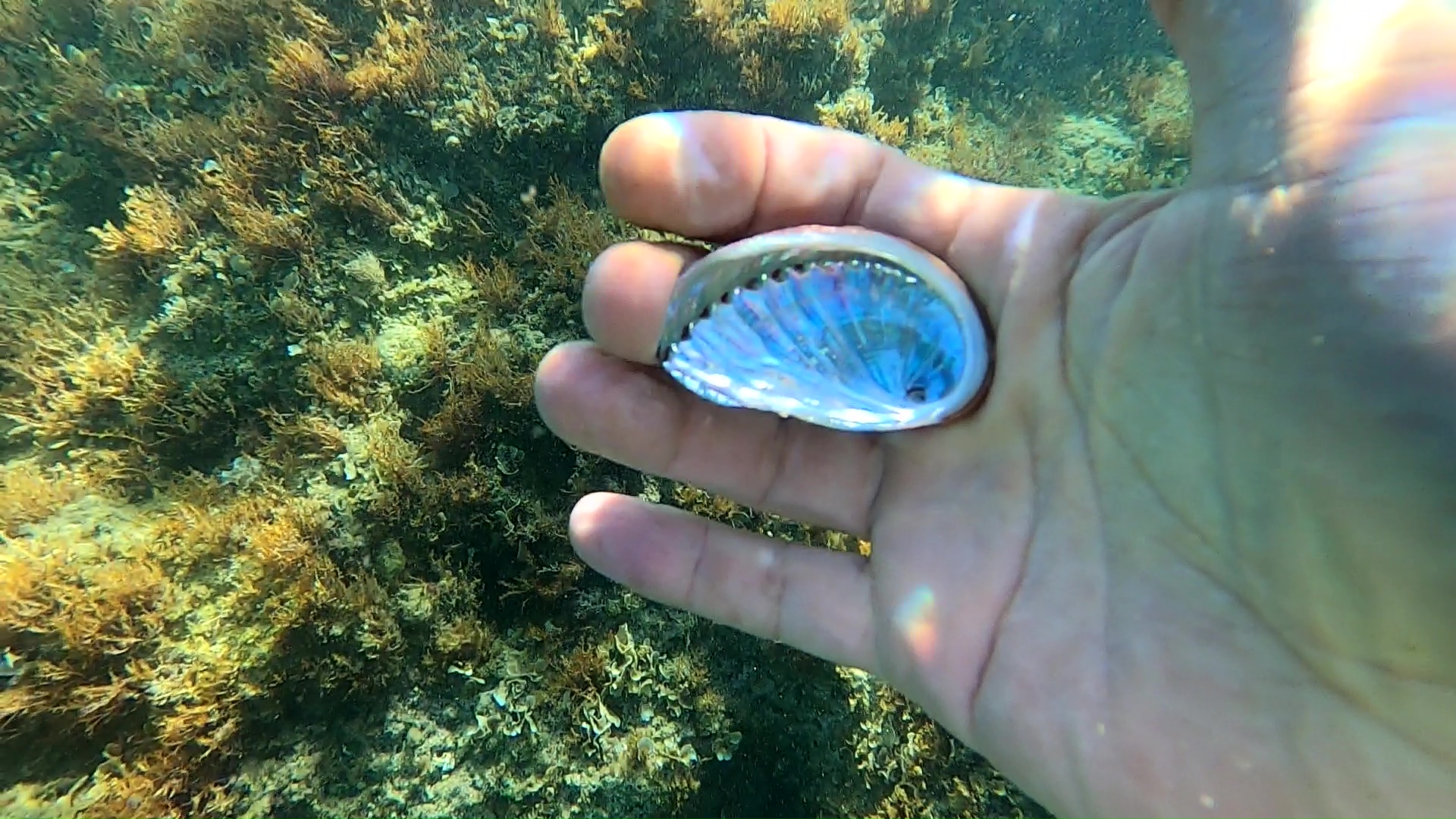Ear of Venus - Haliotis - Tuberculata Lamellosa

Ear of Venus, Aliotide or Haliotis (tuberculata lamellosa) is a genus of marine gastropod molluscs, commonly known as abalone, sea-ear or abalone. It is the only genus of the Haliotidae family.

Description
They are rigid shellfish mollusks. Orecchio di Venere tuberculata lamellosa Aliotide Haliotis intotheblue.it
The oxygen is extracted from the water that enters the gills located under the shell. Then the water is expelled through a row of holes. Their dimensions range from 2.5 to 30 cm. Fish, seabirds, sea otters, crabs and sea stars feed on them. Sometimes dark pearls are found inside them.
Distribution and habitat Abalones are widespread in many parts of the world: along the coasts of the Mediterranean, Africa, Australia, New Zealand, the Pacific Islands and the western coasts of North America and the Channel Islands.

Biology
It defends itself by adhering strongly to the rock (or other rock) using its foot using the same principle of the vacuum pump, thanks to the two main muscles of the body.
The abalone movement is carried out thanks to the muscular contraction of the foot that is pushed forward and is fixed to the ground thanks to a slimy mucus substance. The wave of contraction then expands to the whole body and finally the molluscum takes a new “step”. Their speed has been calculated in about 5 meters per minute. The Haliotidae family has a visual system that generates a light image, comparable to that obtained with a darkroom.

Supply
The abalones are herbivorous, they feed on algae, sea lettuce and Corallina coralline algae. They find foods from rocks that crumble with their little horny teeth.
Reproduction
Males reach sexual maturity at 2 years of age, while females reach 3 years of age. The abalones are mollusks with external fertilization, emit their gametes in the water where fertilization takes place.

https://it.wikipedia.org/wiki/Haliotis
Gallery
Video Gallery
